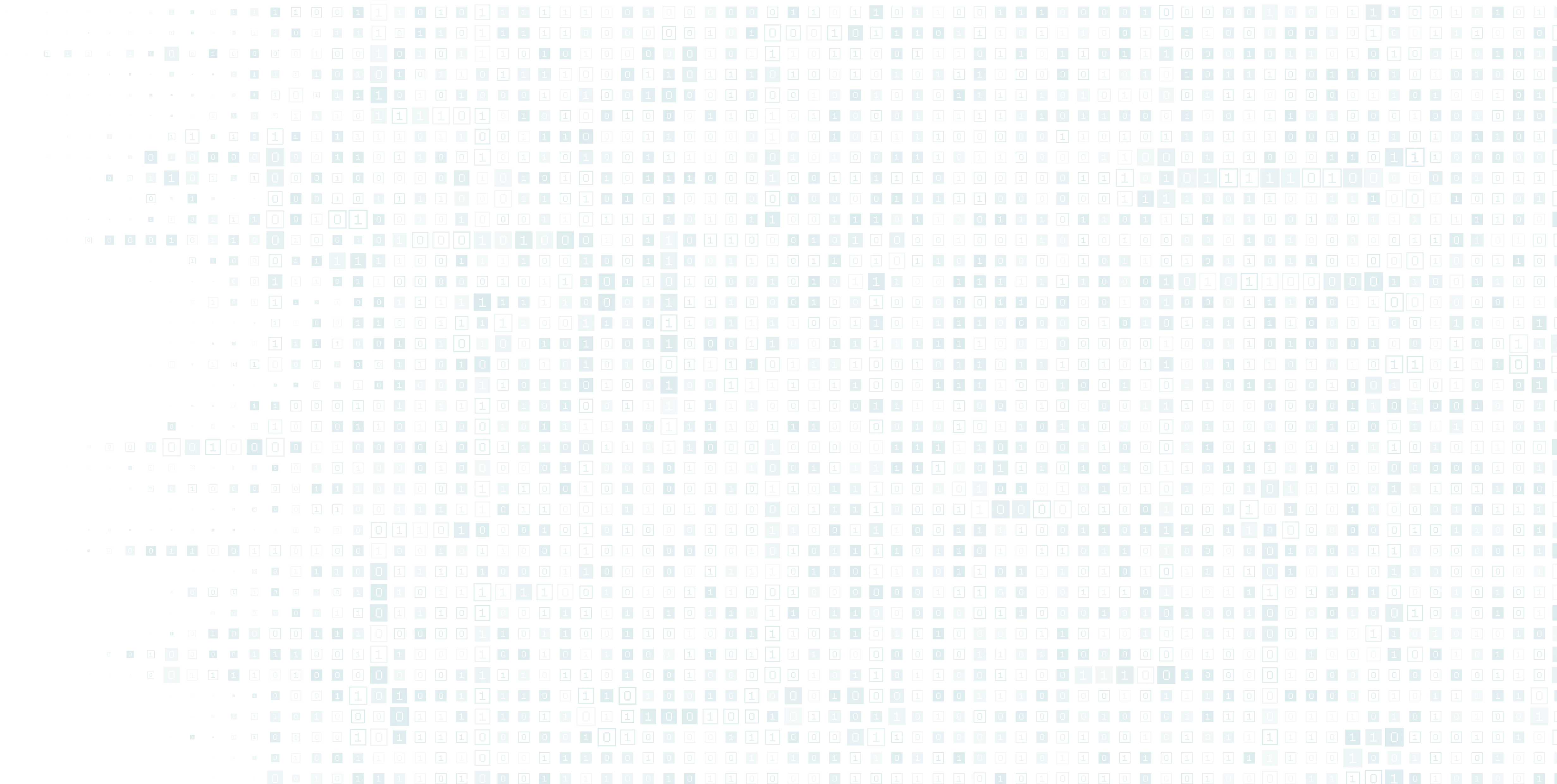
Spatial Computing Development and Solutions
Create compelling experiences and solve complex problems by merging the physical and digital worlds with spatial computing development from Go Wombat.
Discuss your project


Hiring custom spatial computing services
In the days ahead, you’re sure to see more spatial computing software companies start to pop up. But when it comes to solid, secure, and dynamic solutions, you’ll want a company that combines a depth of technical knowledge with practical experience in custom software solutions. You’ll need experts you can trust.
Take a look at some of our projects, spanning a range of industries and business needs. See why you can count on Go Wombat as your spatial computing software company
Spatial computing consulting services
visionOS software solutions
Do you want to build creative universes for apps and games on Apple Vision Pro? Our visionOS developers can help you create a new platform from scratch or adapt your existing app or game to Apple’s visionOS. From the development of immersive SharePlay experiences to quality control using TestFlight, our team is here to help.
Book a call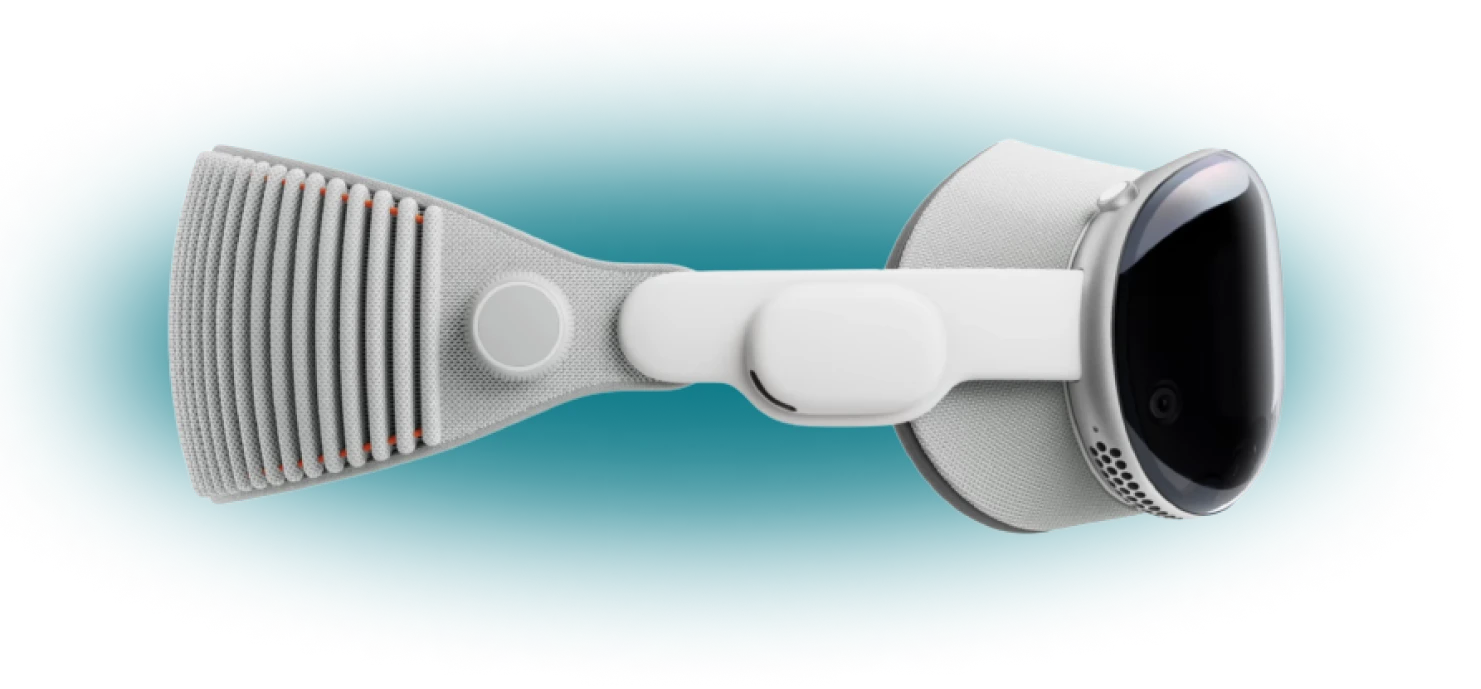
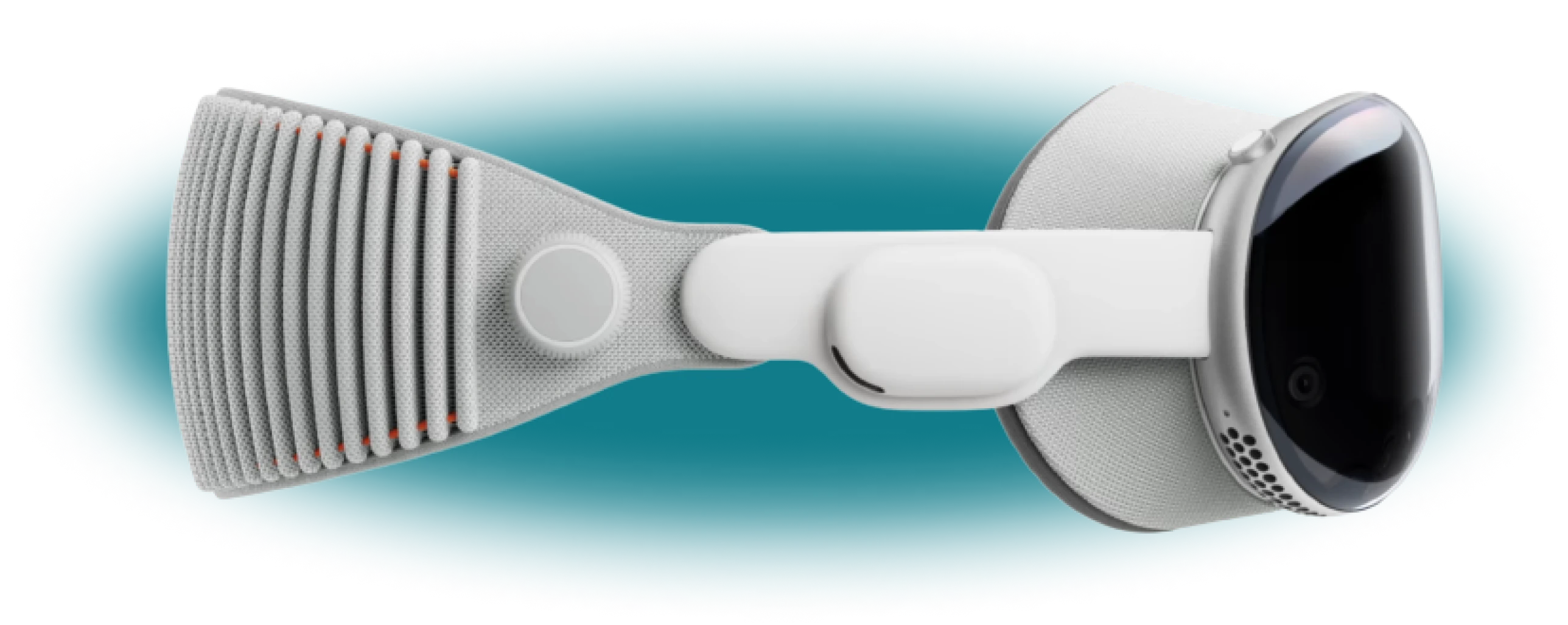
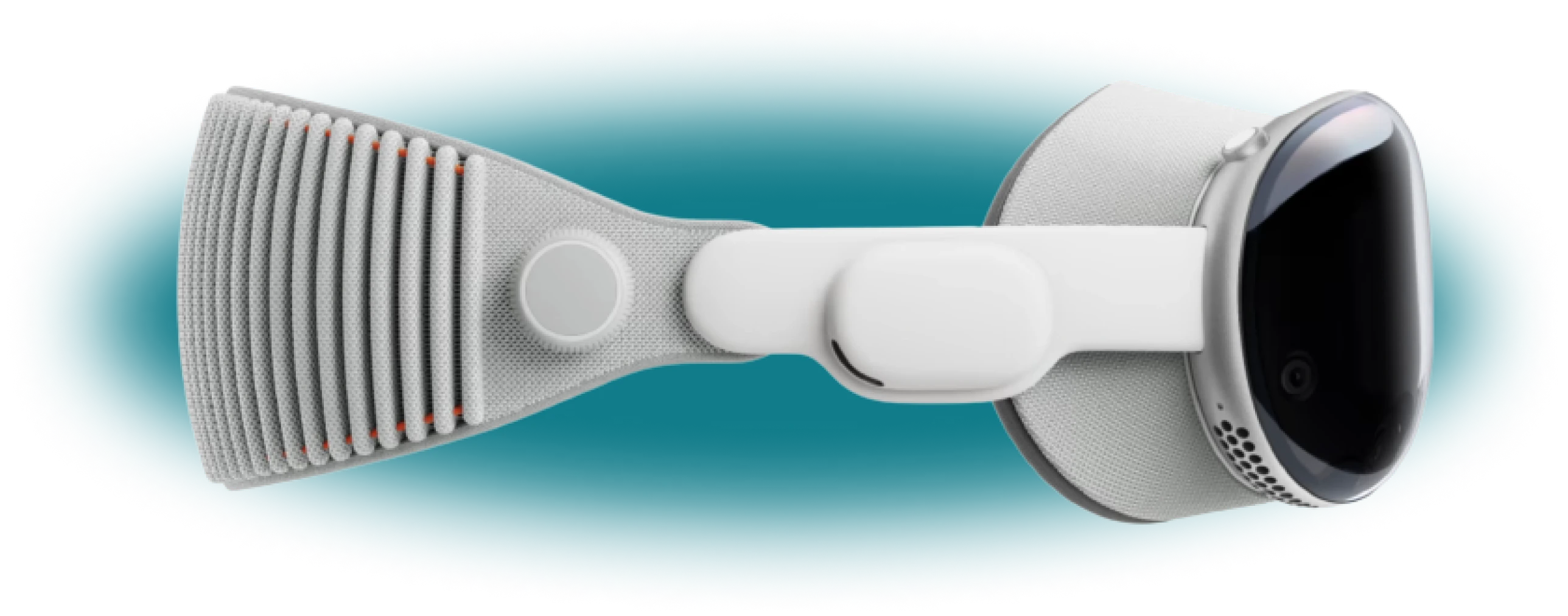
Spatial computing services
At Go Wombat, we apply our expertise in state-of-the-art technologies to power creative solutions that work specifically for your business. Here are some of the spatial computing services we offer.
Our spatial computing development
It might be a burgeoning technology, but we apply the same tested process to the development of your spatial computing software as we would to any software. From business analysis and precise planning all the way through support and maintenance, Go Wombat will be your trusted partner during every stage of your project’s life cycle.








01
Introduction meeting
01
Sign NDA
Is there a documentation?
Advantages of custom spatial computing solutions for your business
Here’s a closer look at the advantages that spatial computing can bring to your business.
Innovative products
Create new products and build virtual prototypes faster than ever
Unique experiences
Engage users like never before with spatial computing VR, AR, and MR
Infinite applications
Leverage the immersive and augmentative applications of spatial computing
Superior training
Provide hands-on experience through VR and AR spatial computing
Emerging technology
The spatial computing revolution can help future-proof your business
Future trends and innovations in spatial computing
We’re only seeing the beginning of the possibilities in spatial computing technology. With Apple launching their Vision Pro and visionOS, we can expect a host of more products and services to continue to hit the market in their wake.
Spatial cloud computing, for example, can enable emergency responders to better manage disaster situations by getting vital stats in real-time. As well, it can give real-time data about populations and traffic that could be indispensable for urban planning and transportation.
You can be sure that Go Wombat keeps on top of the technology behind the trends. But we combine that understanding with our business acumen to determine what makes sense for you and the market at any particular moment.
Need spatial computing solutions development? Contact Go Wombat
Are you ready to start your spatial computing project? The next step is to meet and discuss it. Let us know the best time for you, and we’ll set up an introduction via the channel of your choice.
Book a consultation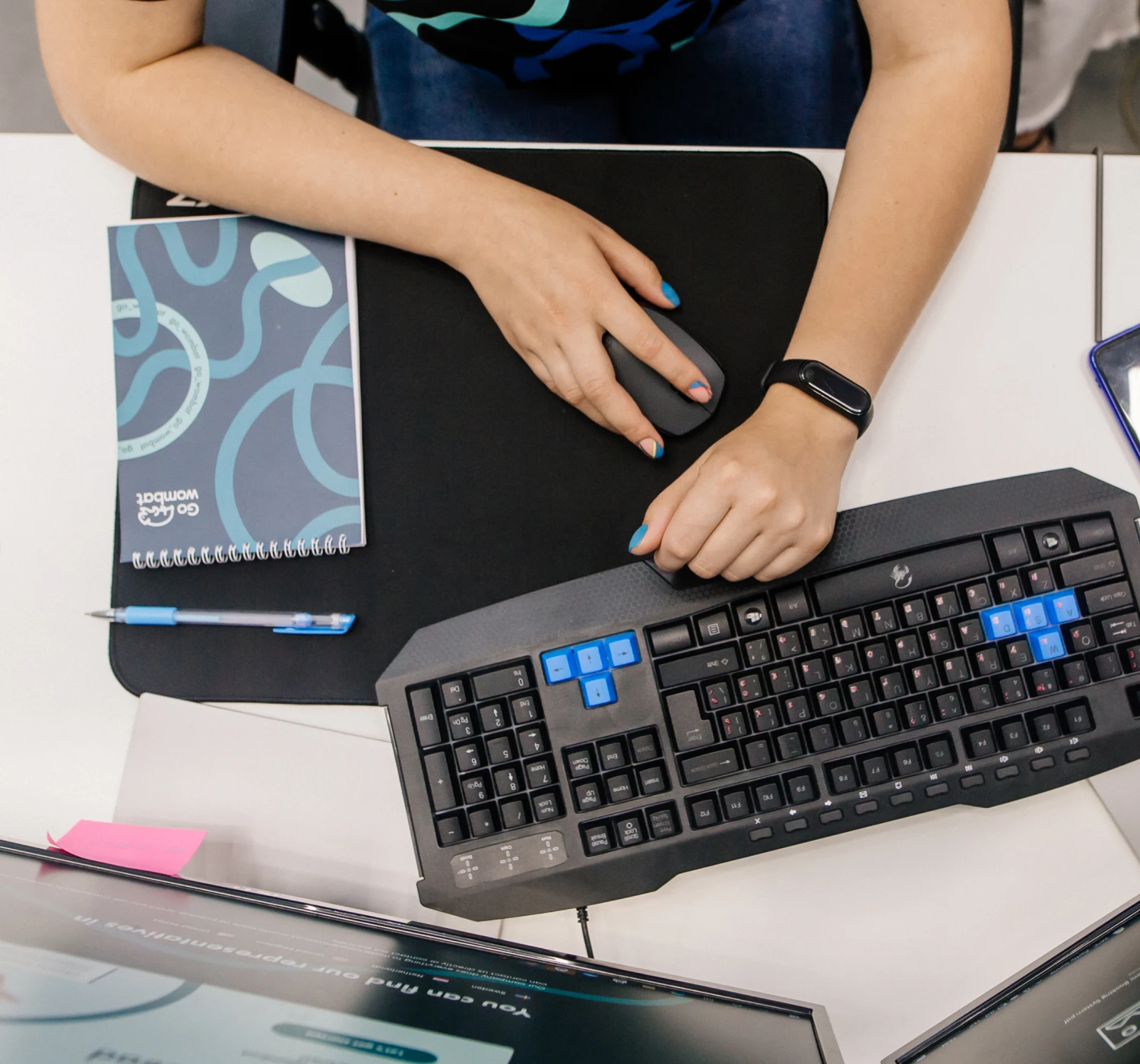


Get a taste of our spatial computing possibilities
Spatial computing development FAQs
Researcher Simon Greenwold is responsible for coining the term “spatial computing” at MIT back in 2003. He’s also credited with building some of the earliest AR prototypes, which include a computer that could receive basic commands in the forms of actions in the real world.
Some of the biggest challenges with spatial computing development include:
- Hardware power limitations
- Difficulties with storing assets
- Mitigating user discomfort and sickness during use
- Tracking and calibrating objects and locations in real-time
- Data privacy and security concerns
Internet of Things (IoT) technology can be defined as everyday devices that are equipped with sensors and the ability to connect to the internet. Rather than being opposites, these technologies are parallels as spatial computing can be implemented into IoT devices to broaden their capabilities.
Commonly found applications and games that use spatial computing include:
- Google Maps
- PokemonGo
- VR and AR devices including the Apple Vision Pro and visionOS devices
How can we help you ?


